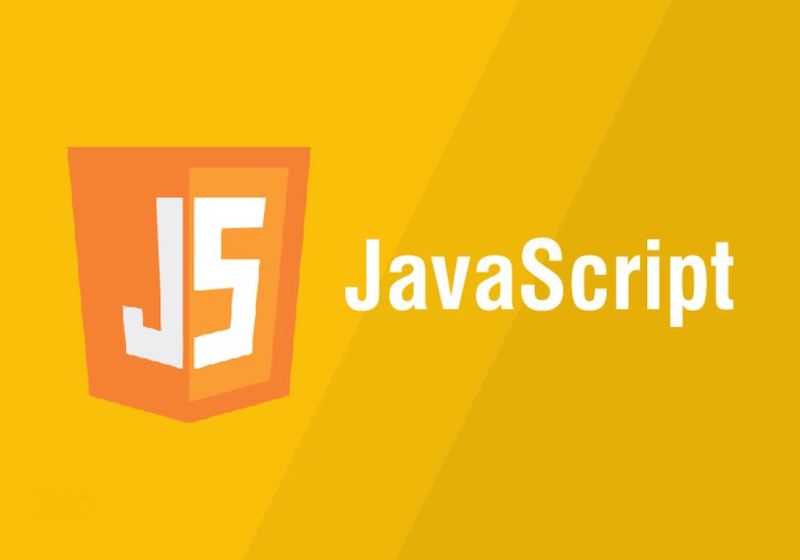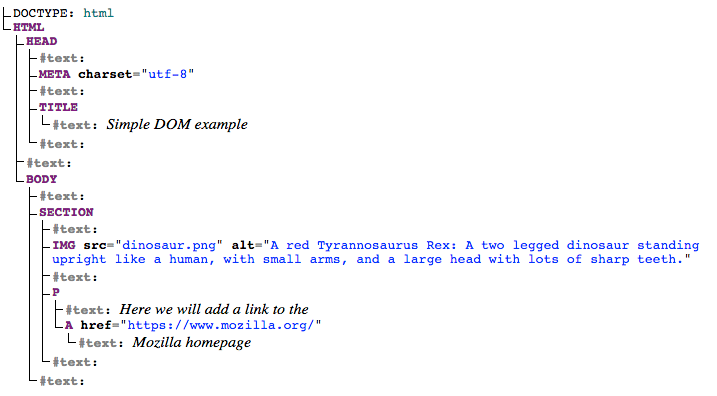JavaScript
WHAT IS JAVASCRIPT?
- JavaScript is a popular, high-level programming language primarily used for web development. It allows developers to add interactive features, dynamic content, and behavior to websites and web applications.
- It is a client-side scripting language that runs directly in web browsers, enabling tasks such as form validation, DOM manipulation, event handling, and AJAX requests.
- JavaScript is a versatile language that supports multiple programming paradigms, including object-oriented and functional programming.
- With the rise of server-side JavaScript frameworks like Node.js, JavaScript can also be used for server-side development, enabling full-stack JavaScript development and allowing code to be shared between the client and server.

USE OF JAVASCRIPT
- JavaScript is primarily used for web development to enhance the interactivity and functionality of websites. It enables tasks such as form validation, creating interactive elements, handling user events, and dynamically updating content without reloading the entire page.
- JavaScript is essential for front-end web development. It is used to create responsive user interfaces, implement animations and transitions, interact with APIs, and handle data manipulation and presentation. Popular front-end frameworks like React, Angular, and Vue.js are built on JavaScript.
- JavaScript can now be used for server-side development as well. It allows developers to build scalable and efficient web servers, handle network requests, and work with databases, making it possible to have full-stack JavaScript applications.
- JavaScript, along with frameworks like React Native and Ionic, is used for developing cross-platform mobile applications. These frameworks allow developers to write code once and deploy it on both iOS and Android platforms, saving time and effort.
- JavaScript, in combination with HTML5 canvas and WebGL, can be used to develop browser-based games. It provides capabilities for rendering graphics, handling user input, and implementing game logic, making it suitable for developing casual and 2D games.
WHAT ARE THE FEATURES OF JAVASCRIPT?
Dynamic and Interpreted – JavaScript is an interpreted language, meaning it is executed directly by a web browser without the need for compilation. This allows for quick development and iteration, as changes can be immediately tested and seen in the browser. It also supports dynamic typing, allowing variables to hold values of different types throughout the execution of a program.
Object-Oriented Programming (OOP) – JavaScript supports object-oriented programming concepts such as encapsulation, inheritance, and polymorphism. It allows for the creation of objects with properties and methods, facilitating code organization, reusability, and modularity.


- Event-Driven and Asynchronous – JavaScript is event-driven, meaning it responds to user interactions and events triggered on web pages. It can handle events like mouse clicks, form submissions, and page load. Additionally, JavaScript supports asynchronous programming using callbacks, promises, and async/await syntax, allowing non-blocking execution and efficient handling of time-consuming operations like network requests.
- DOM Manipulation – JavaScript provides powerful APIs to manipulate and interact with the Document Object Model (DOM). The DOM represents the structure of an HTML document, and JavaScript allows developers to access, modify, and update elements, styles, and content on web pages. This enables dynamic and interactive web experiences.
THE BENEFITS OF LEARNING TO CODE WITH JAVASCRIPT
Versatility and Wide Adoption – JavaScript is one of the most widely used programming languages, especially in web development. It runs natively in web browsers, making it an essential language for front-end web development. Additionally, JavaScript can be used on the server-side with frameworks like Node.js, enabling full-stack JavaScript development. Learning JavaScript equips you with a versatile skill set that is in high demand in the tech industry.
Web Development – JavaScript is the backbone of interactive and dynamic web pages. By learning JavaScript, you gain the ability to create engaging user interfaces, handle user interactions, and update content on the fly. You can build interactive forms, implement client-side validation, create animations, manipulate the Document Object Model (DOM), and work with APIs to fetch and display data from servers. These skills are crucial for modern web development.
Ecosystem and Frameworks – JavaScript has a vast ecosystem of libraries and frameworks that facilitate rapid development. Frameworks like React, Angular, and Vue.js provide powerful tools and abstractions for building complex web applications efficiently. These frameworks offer reusable components, state management solutions, and routing capabilities, enabling you to build scalable and maintainable web projects. Learning JavaScript allows you to leverage these resources and benefit from the community-driven development of these tools.
Transferable Skills – Learning JavaScript also equips you with transferable skills that extend beyond web development. JavaScript’s concepts, such as variables, data types, control structures, and functions, are foundational programming concepts applicable to other languages. Once you understand JavaScript, transitioning to other programming languages becomes easier.
